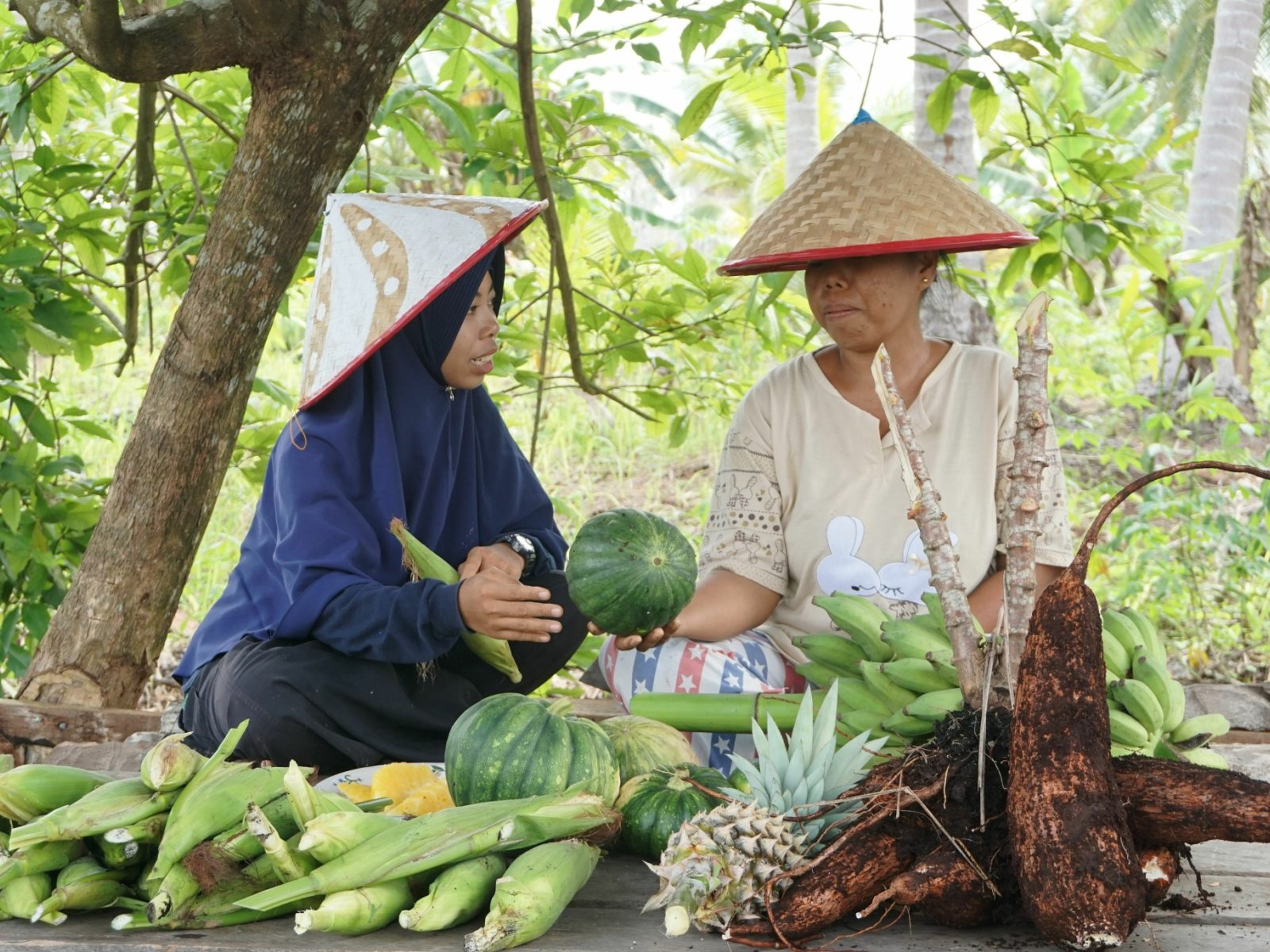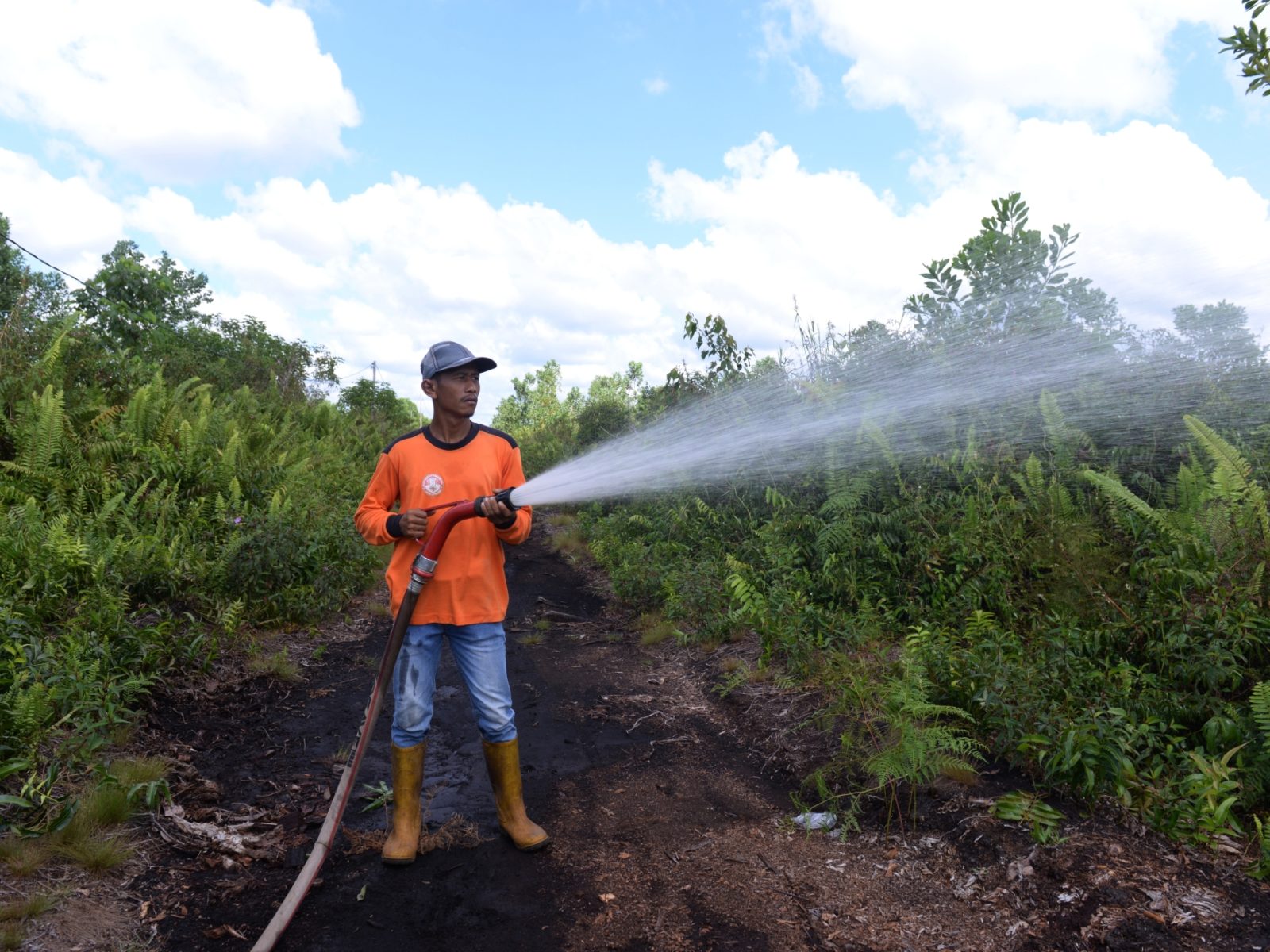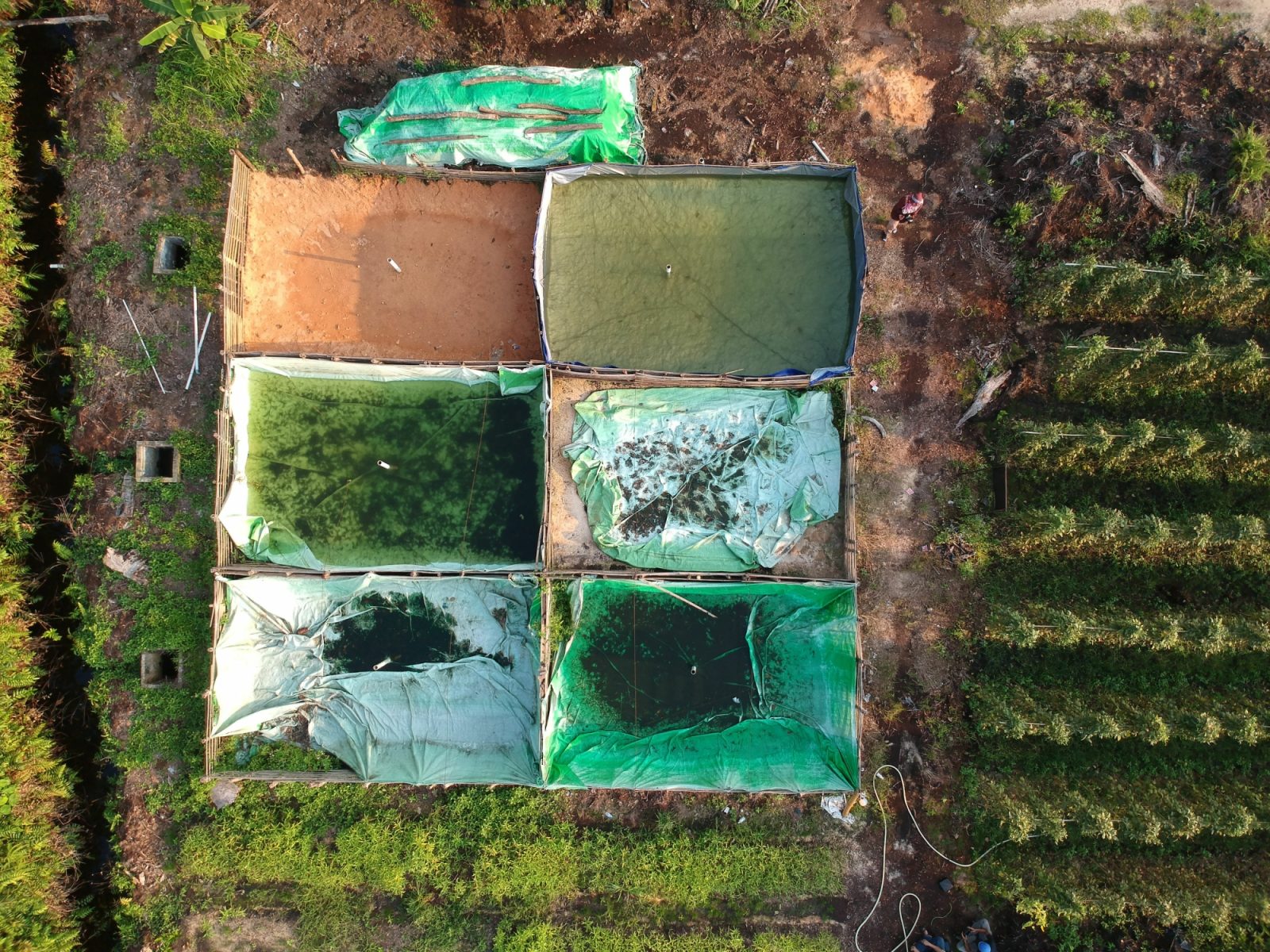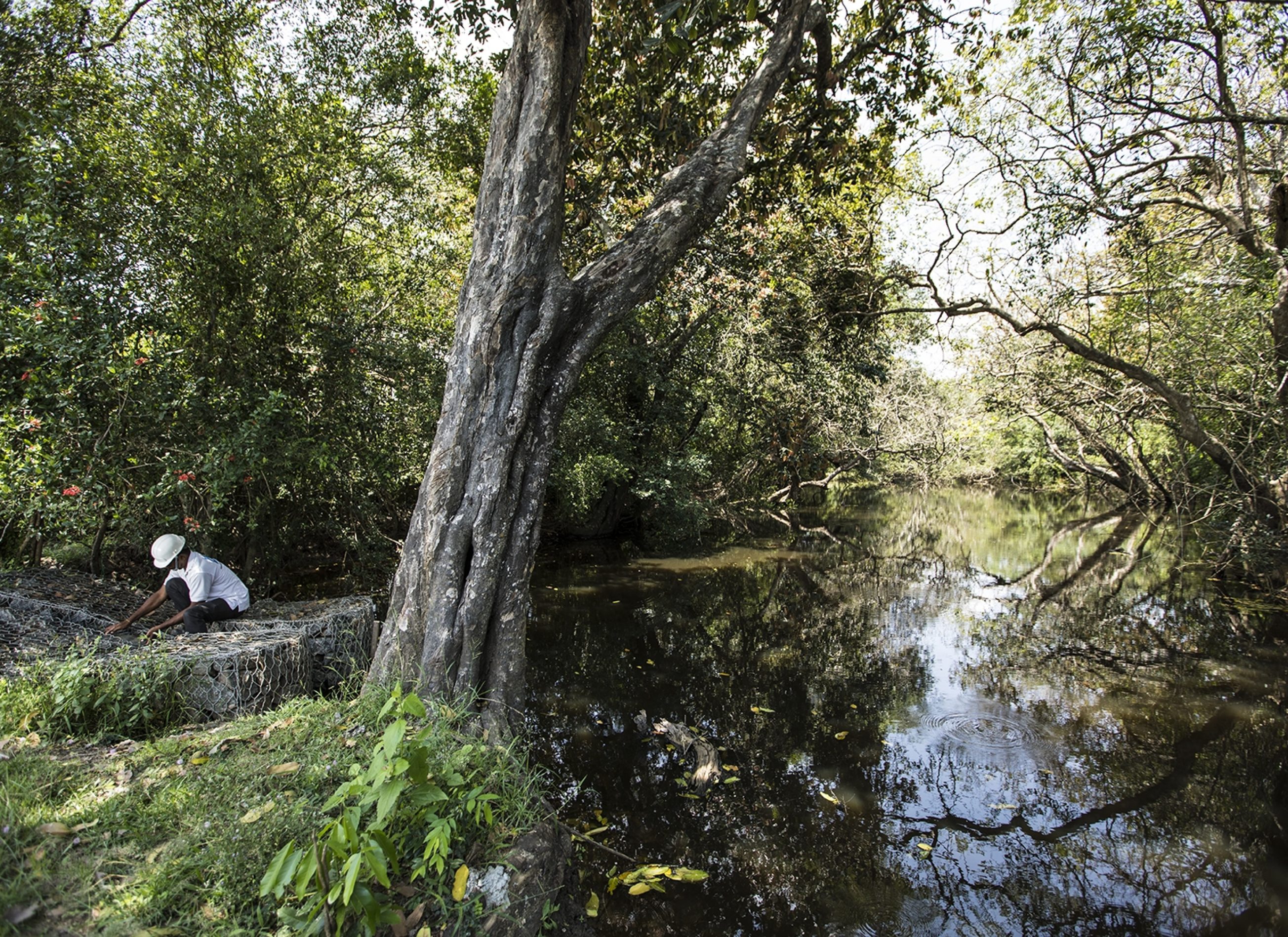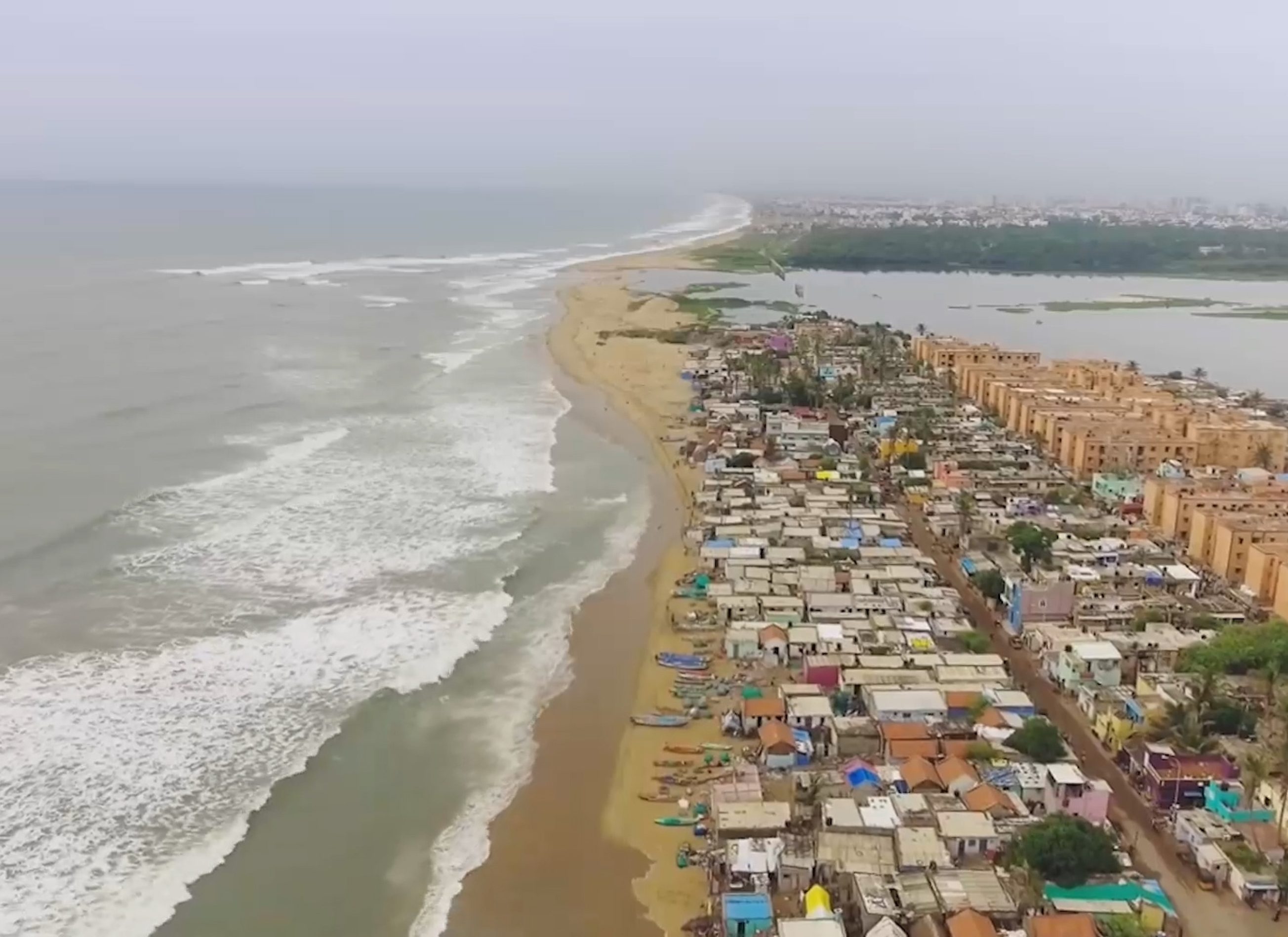For biodiversity, for livelihoods
When peatlands burn, health, precious biodiversity and the livelihoods of local communities are threatened.
Indonesia is home to nearly 40 per cent of the world’s tropical peatlands – which store enormous amounts of carbon dioxide, provide fertile soil for agriculture, protect countless plant and animal species, and support natural resource management.
Indonesian peatlands hold up to an estimated 57 billion metric tonnes of carbon. This is the equivalent of almost two years of global carbon emissions at existing rates.
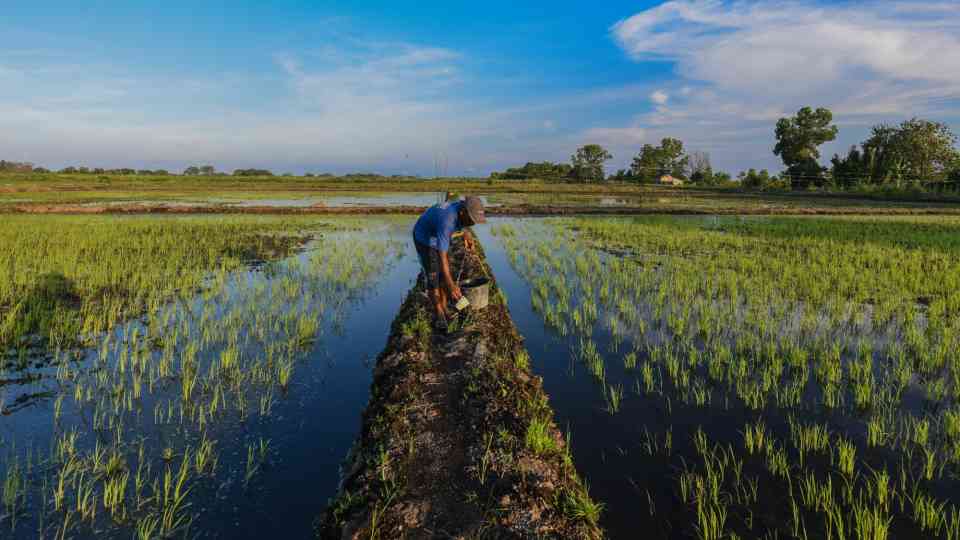
When peatlands burn, they release substantial amounts of carbon dioxide into the atmosphere, greatly contributing to the triple planetary crisis – climate change, pollution and biodiversity loss.
The fires also devastate the livelihoods of local farmers.
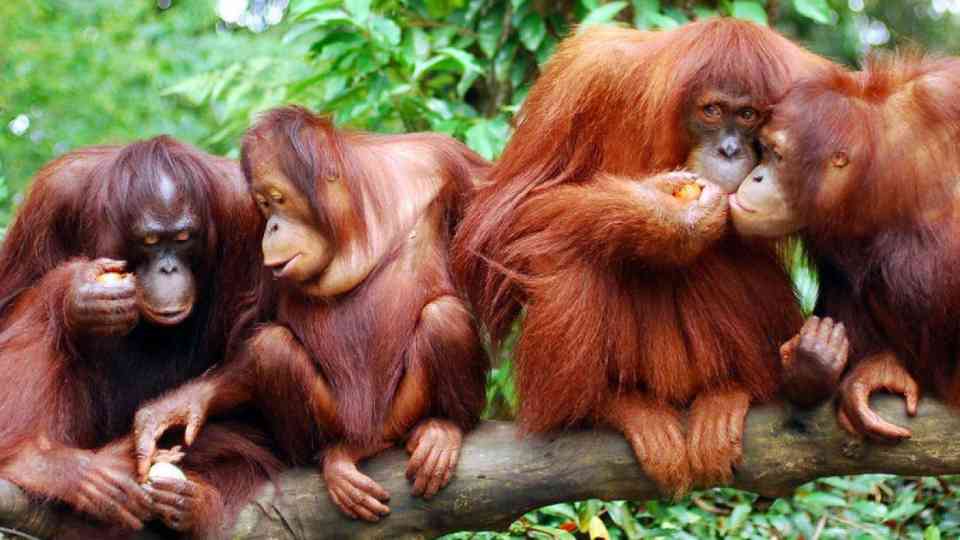
In 2021, burning bush to clear land and plant residue after harvests led to a staggering 245 fires in the Limbung District alone – even after a 2009 government policy forbidding farmers from lighting fires on peatlands.
“Without knowing any other methods to farm, we had no other options,” said Suprapto, a local farmer.
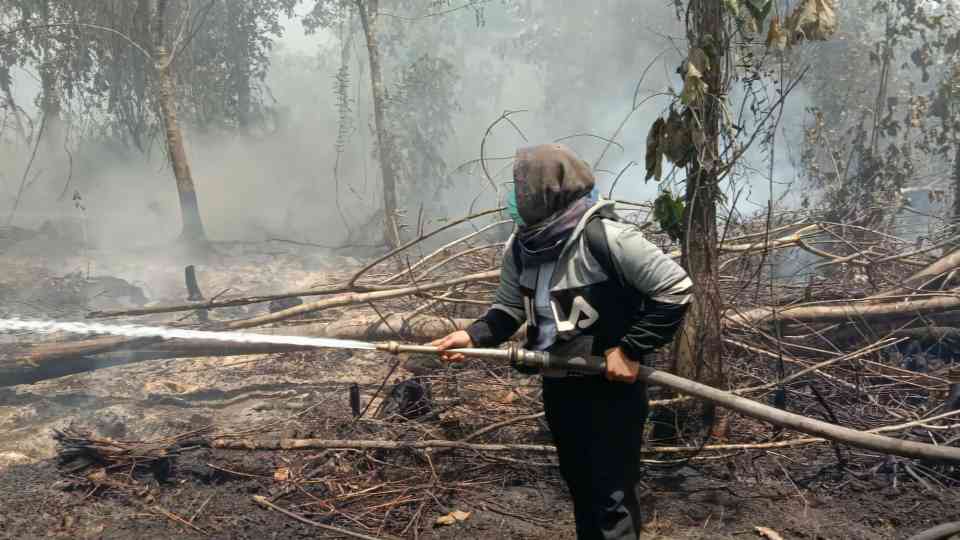
With 63 per cent of Indonesia’s greenhouse gas emissions coming from land-use change and peat and forest fires, it is indisputable that the protection and restoration of the Indonesian peatlands is vital – for the country’s future, for local communities and for the planet. |

Prioritizing action, the government established the Indonesian Peatland and Mangrove Restoration Agency (BRGM). In 2018, the BRGM Results Enabling Facility programme was established with funding from the government of Norway.
The programme included training for local communities and critical upgrades to infrastructure.

Giving farmers the knowledge to implement non-burning agriculture helped reduce the outbreak of fires from 245 to a little more than 20 in one year alone. It also significantly increased household incomes for local families.
“The income of the villagers that are part of the programme is up by half,” said Suprapto.

The additional income has helped finance education for children, home renovations and the purchase of motorbikes.
Apart from farming methods, upgrading irrigation infrastructure to keep rainwater in the peatlands is vital to their restoration.
On a pilot basis, UNOPS provided the designs for the construction of canal blockers. These are concrete structures that keep water in the canals that crisscross the area, ensuring water is available for year-round firefighting, wild peatland protection and crop watering. Restored peatlands are optimal for re-vegetation while reducing the risk of fires.
Based on the UNOPS model, BRGM constructed over 170 canal blockers that serve nearly 30 villages in the area.
Apart from farming methods, upgrading irrigation infrastructure to keep rainwater in the peatlands is vital to their restoration.
On a pilot basis, UNOPS provided the designs for the construction of canal blockers. These are concrete structures that keep water in the canals that crisscross the area, ensuring water is available for year-round firefighting, wild peatland protection and crop watering. Restored peatlands are optimal for re-vegetation while reducing the risk of fires.
Based on the UNOPS model, BRGM constructed over 170 canal blockers that serve nearly 30 villages in the area.
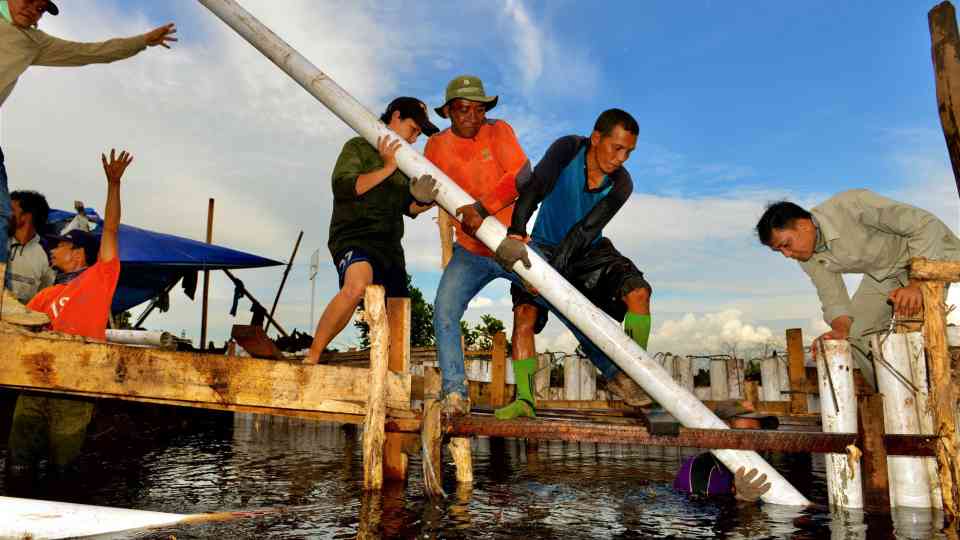
In 2021, when a peatland fire threatened a local school, local firefighters were able to extinguish it with a pool of water created by a canal.
“A few years ago, when the canals were regularly empty during dry seasons, we could not have done that,” said Trisno Slamet, head of the community peatland management unit.

Policing fires is hard. Giving the community a stake in non-burn agriculture is a much more successful way of protecting peatlands and fighting climate change while improving livelihoods.
About the project
With $41 million in funding from Norway’s International Climate and Forest Initiative, UNOPS Indonesia managed the Peatland and Mangrove Restoration Agency - Results Enabling Facility (BRGM).
BRGM together with UNOPS, the Ministry of Forestry and other partners has led restoration projects in more than 850 villages across Kalimantan, Papua and Sumatra.
BRGM develops a systematic, efficient, structured and integrated peatland restoration model focusing on effective restoration of the 2.67 million hectares of peatlands in seven priority provinces – Central Kalimantan, Jambi, Riau, South Kalimantan, South Sumatra, Papua and West Kalimantan.
UNOPS also partnered with the UK Climate Change Unit and BRGM to implement the 'Coronavirus Relief for Indonesian Sustainable Peatlands' project in response to the pandemic.
